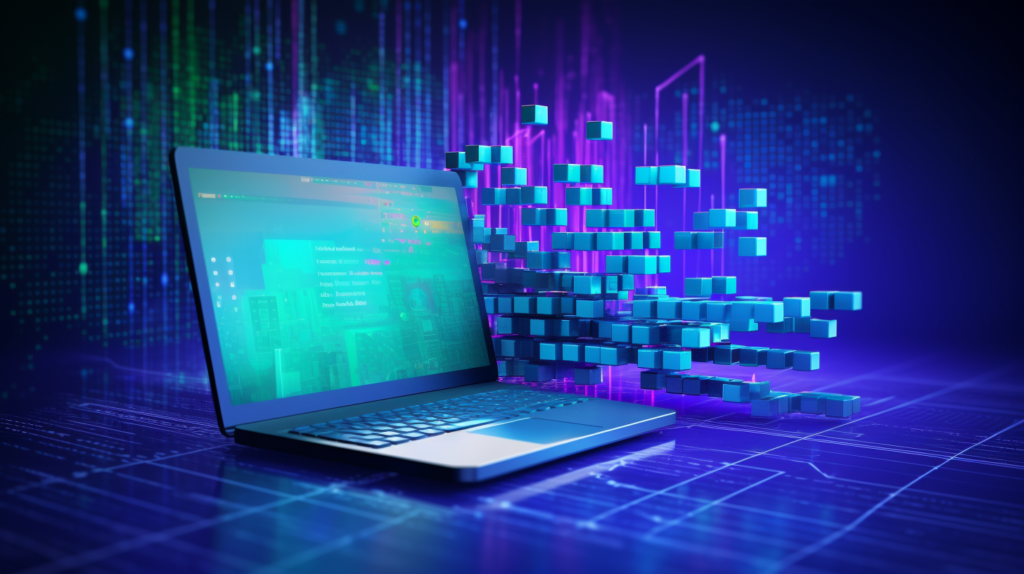Unveiling Software’s Role
In our rapidly advancing digital era, software is the unseen power driving our everyday devices, making them essential parts of our lives. Whether you’re booting up your laptop, swiping on your smartphone, or even navigating your car’s dashboard, software is silently at work. But what exactly is softwares, and how does it function behind the scenes? Let’s explore the different facets of software, from its types and functions to its vital role in our daily routines.
Understanding Software: The Brain Behind the Machines
Softwares is essentially a set of instructions or programs that guide a computer on how to execute specific tasks. While hardware is the physical component you can touch—like your keyboard or monitor—software is the intangible element that breathes life into the hardware. Think of hardware as the body of a car, and software as the engine that drives it. Without softwares, your computer would be nothing more than a lifeless machine.
Exploring Software Types: A Broad Spectrum
Software can be broadly categorized into two main types: application softwares and system software.
Application Software
Application softwares is designed to meet specific user needs. Whether it’s drafting a document, editing a photo, or managing finances, application software is the tool for the job. Examples include office suites like Microsoft Office, design softwares like Adobe Photoshop, and your preferred web browser.
System Software
System software, on the other hand, acts as the backbone of your computer. It coordinates the activities of the hardware and the application softwares, ensuring that everything runs smoothly. The operating system (OS) is the most common type of system software, orchestrating the harmonious operation of various programs. Other examples include firmware and system utilities, which handle essential tasks like code translation and resource management.
Beyond Basics: Specialized Software Types
- Driver Software: Enables your computer to communicate with external devices like printers and keyboards.
- Middleware: Acts as a bridge between different softwares systems, ensuring compatibility and smooth operations.
- Programming Software: Essential for developers, it includes tools like compilers and debuggers to help write and test code.
The Inner Workings of Software: Behind the Scenes
- Application Software in Action: When you perform tasks using application software, it communicates with the system softwares to interact with the hardware. For instance, saving a document triggers a series of commands from the application softwares to the OS, which then writes the data to your storage device.
- System Software in Operation: Operating in the background, system softwares manages resources and ensures that application softwares functions properly. It’s like setting the stage for a play—the applications can’t run without the system softwares managing the setup.
Crafting Softwares: From Concept to Reality
Softwares development follows a structured process known as the Softwares Development Lifecycle (SDLC), which includes:
- Planning and Analysis: Setting project goals and analyzing user requirements.
- Design and Development: Creating a blueprint and translating it into code.
- Testing and Maintenance: Ensuring the softwares is bug-free and meets all requirements, followed by ongoing updates.
Upholding Software Quality: Meeting User Expectations
- Functional Requirements: Define what the softwares should do, like processing data or performing calculations.
- Non-Functional Requirements: Define how the softwares should perform, including speed, security, and usability.
Maintaining software quality involves continuous updates and four types of changes: corrective (fixing bugs), adaptive (updating for new environments), perfective (improving performance), and preventive (anticipating future issues).
Softwares Licensing and Protection: Safeguarding Intellectual Property
When purchasing softwares, you’re entering into a legal agreement known as a softwares license. This document outlines how you can use the softwares and protects the developer’s intellectual property rights.
- Proprietary Softwares: Typically comes with restricted usage rights.
- Open Source Softwares: Allows free use, modification, and distribution, promoting collaboration.
- Patents and Copyrights: Protect the functionality and code of the softwares, ensuring developers’ innovations are legally safeguarded.
A Journey Through Softwares History: Milestones and Evolution
Key milestones in softwares history include:
- 1948: The first softwares is created for the Manchester Baby computer.
- 1958: The term “softwares” is coined.
- 1971: AT&T releases Unix.
- 1981: Microsoft introduces MS-DOS.
- 1991: The Linux kernel revolutionizes open-source softwares.
- 2000s: The rise of SaaS (Softwares as a Service) changes softwares delivery.
The Future of Software: What Lies Ahead
Looking ahead, softwares is set to become even more sophisticated with the advent of:
- AI and Machine Learning: Transforming how softwares operates by making applications smarter and more adaptive.
- Quantum Computing: Pushing the boundaries of data processing capabilities.
- Low-Code and No-Code Platforms: Empowering non-technical users to create applications without traditional coding.
- Cybersecurity and Microservices: Increasing the focus on security and modularity in softwares design.
Read More: Sid Vicious: A Wrestling Icon’s Final Curtain Call.
Conclusion: The Ever-Expanding World of Software
From its humble beginnings to its central role in modern technology, softwares has become the heartbeat of our digital world. As technology continues to evolve, softwares will undoubtedly keep pace, driving innovation, enhancing efficiency, and connecting us in ways we never imagined. Understanding its role in our lives is crucial as we navigate an increasingly digital future.










